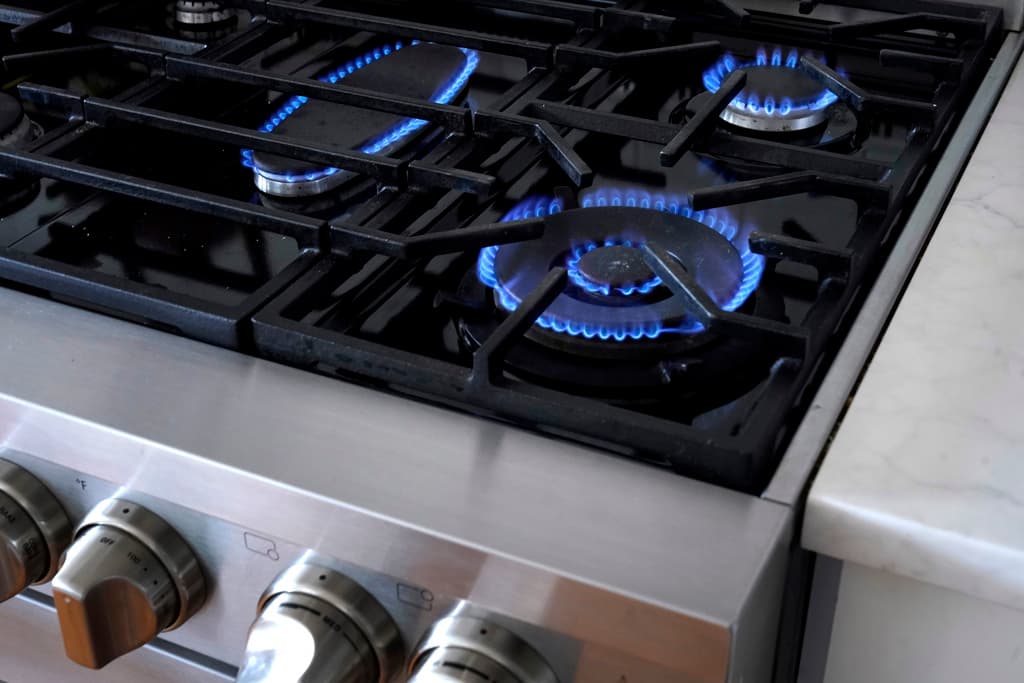
Once new electricity rates go into effect on Saturday, Xcel Energy customers in Colorado will pay more to run a dishwasher or watch TV between 5-9 p.m. on non-holiday weekdays, all year-round.
The so-called “Time of Use” rates are similar to surge pricing on a ride-hailing app. Prices surge during times when energy customers demand the most from the grid. In Colorado, that’s in the early evening, according to Xcel Energy and state regulators at the Public Utilities Commission.
During “off-peak” hours, there’s typically less demand for power and cheaper sources of electricity flood the grid, like wind power. Prices are cheaper in those windows, which is most of the time.
An analysis showed that under the new plan, most residential customers will either see no change in their bill or slight savings, even if they don’t shift their power usage away from peak hours.
TOU rates have existed in Colorado since 2022, but this is a significant adjustment to the program. Here’s how the changes will affect you:
Which Xcel Energy customers does this apply to?
This applies to all of Xcel’s residential and small commercial customers in Colorado who have a smart meter installed. Other changes are also going into effect for larger commercial customers.
When are higher rates in effect?
Residential customers will pay the most for power during the “on-peak” hours of 5 p.m. to 9 p.m. on non-holiday weekdays.
All other hours — the vast majority of any given year — are considered “off-peak,” so activities like running a dishwasher, using an electric stove or charging an electric vehicle will cost less during that time.
Under the program, the year is divided into two seasons: summer and winter. Xcel will charge the most during peak hours in the summer: June 1 through September 30. The rest of the year is considered winter, which has lower peak and off-peak rates compared to summertime.
How’s this different from the current rates?
The new structure shifts peak rates later in the evening. Currently, the peak rates stretch from 3 p.m. to 7 p.m. on non-holiday weekdays. Xcel is also getting rid of the mid-peak option, where prices are less expensive than peak hours.
How much are the new rates?
This table compares the old rates to the newer ones for residential customers. There’s a huge increase in the price of electricity during winter peak hours. That’s offset, though, by a decrease in off-peak pricing during most of the year.
I got an Xcel mailer that says “Your Rate, Your Choice.” Umm ... what?
All residential customers are automatically enrolled in Time of Use rates, but you’re allowed to opt out and switch to flat-rate pricing. That rate splits the difference between the TOU rates: the flat rate is more costly than the off-peak price, but less expensive than the on-peak price.
Xcel says the flat rate is better for “large energy users or those with inflexible schedules who use their energy during peak time and cannot shift their energy usage.”
Xcel has an online calculator to help you compare the TOU rates versus a flat rate for your household. Colorado also runs an “energy savings navigator” to help customers find discounts and rebates for their bills.
But if you switch to the flat-rate, and then want to switch back to TOU, you’ll have to stay on TOU rates for at least a year, according to Xcel.
Is this going to increase my bill?
This is not the most satisfying answer, but whether your bill increases depends on when you use energy. You could actually see a reduction in your bill by running your dishwasher after 9 p.m. on weekdays, for instance.
“By making small changes, like using a high-energy appliance when the rate is low, consumers can save money on their electric bill,” said PUC Director Rebecca White in a press release.
The opposite is also true – if you charge an EV or run the washer during peak hours, your bill might spike.
Regulators say the program is not designed to be a bill increase. In a May meeting to discuss the rates, PUC chairman Eric Blank emphatically said, “This is in all-caps with an exclamation mark: This is not a bill increase!”
Regulators also say the program is structured to be “revenue neutral.” That means that Xcel expects to make the same amount of money under the new rates as the old rates.
Are these changes controversial?
The changes created some pushback from consumer advocate groups, customers and even utility commissioners. Consumer advocate groups pushed for “super off-peak” rates, which would kick in during the day, when renewable energy sources like wind and solar were most plentiful.
Why are Xcel Energy and state regulators doing this?
They say it’s to better reflect how much it costs to generate electricity during peak hours. Utilities like Xcel spend billions of dollars building power plants and infrastructure to keep up with peak demand and prevent blackouts.
TOU is designed to reduce energy usage during peak hours, which means the electric grid gets less stressed. In the long run, regulators say that it will save money because Xcel will have to build fewer new power plants and other costly infrastructure.
Those costs are typically passed on to customers in the form of higher energy bills.
I have solar panels at my house. What does this mean for my bill?
It’s tricky. Residential customers with solar panels benefit from a state policy known as “net metering.” Basically, if a household produces more power than it uses, a utility must credit the customer based on its standard electricity rates. If a customer uses more energy than their panels produce, they're billed for that excess power by Xcel.
The problem is that solar panels produce way less energy during peak TOU hours. So solar customers may end up producing energy when it costs the least, during the day, and using energy when it costs the most — at night, after the sun has set.
In Reddit forums and public comments to regulators, some solar customers said it makes more sense for them to opt into flat-rate pricing.
One solar customer wrote to regulators and said his bill would be three times higher with TOU rates, because “we make basically no solar during the new peak of 5 p.m. to 9 p.m.”
Ben Delman, the editorial director at Solar United Neighbors, an organization that helps people switch to solar, said his group had concerns that the rates would “devalue” the electricity that solar customers make in Colorado.
He also said it’d be up to Xcel to communicate with solar customers about impacts to their bills.
It’s a different story, though, if solar customers have batteries to store energy in a laundry room or garage. Those systems allow customers to use energy at peak hours that they’ve produced and stored earlier in the day. That avoids costly charges from Xcel during peak times.
A PUC spokesperson said that solar customers without batteries will essentially be compensated less for the electricity they generate during the middle of the day, when the solar production is highest.









